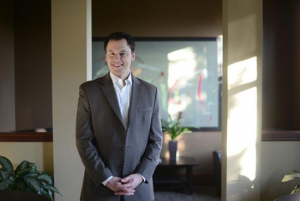Post #6 (and last) in the Series: Accountability
Business says: “Why do you make me go through all of this bureaucracy?”
IT says: “Our methodologies are how we make sure everyone does the right thing.”
“It may often seem to business leaders that IT’s answer to every request is more procedures—more forms to complete, reviews to attend and approvals to get. These procedures, or methodologies, require effort, but they help to ensure that nothing important gets forgotten and that everyone knows their roles.
They become a sore point, though, if people don’t understand the purpose of each step, or if the steps become a bureaucracy aimed at enforcing unnecessary rules rather than helping requests to be executed well. As with the prioritization processes described earlier, the best companies have solid IT methodologies, and IT people make it as easy as possible to follow them.
The CIO of a defense contractor decided to convert IT’s development methodology to the same one the firm used for product-development projects. Suddenly, everyone knew what they were supposed to do, what questions to ask of whom, and how to deal with the answers. Executives made better decisions, project performance improved, and so did the relationship between IT and business people.
Creating transparency takes extra time and effort on everyone’s part, especially IT’s. But this is one project that definitely pays. Transparency around performance and decision processes improves the business value of IT and builds trust between business and IT people. As everyone learns to work better together, IT becomes part of the company’s business-level decisions and initiatives, not its own world. When that happens, the marriage of IT and the business side is really working.”
Tom’s Take: In my book, Building a Winning Business, I devote an entire section to working effectively with vendors. Not surprisingly, a fair amount of that section talks about the importance of taking the time to get key things right.
First, take time to select the right partner. Next, it’s crucial to clearly define what’s in and out of a project, identify risks and mitigation plans, have clear lines of responsibility, and, as shared throughout the book, a solid communication plan.
As noted an earlier post, in the world of Agile and Scrum, sprints create visibility and accountability… which is good for customer and vendor alike!





